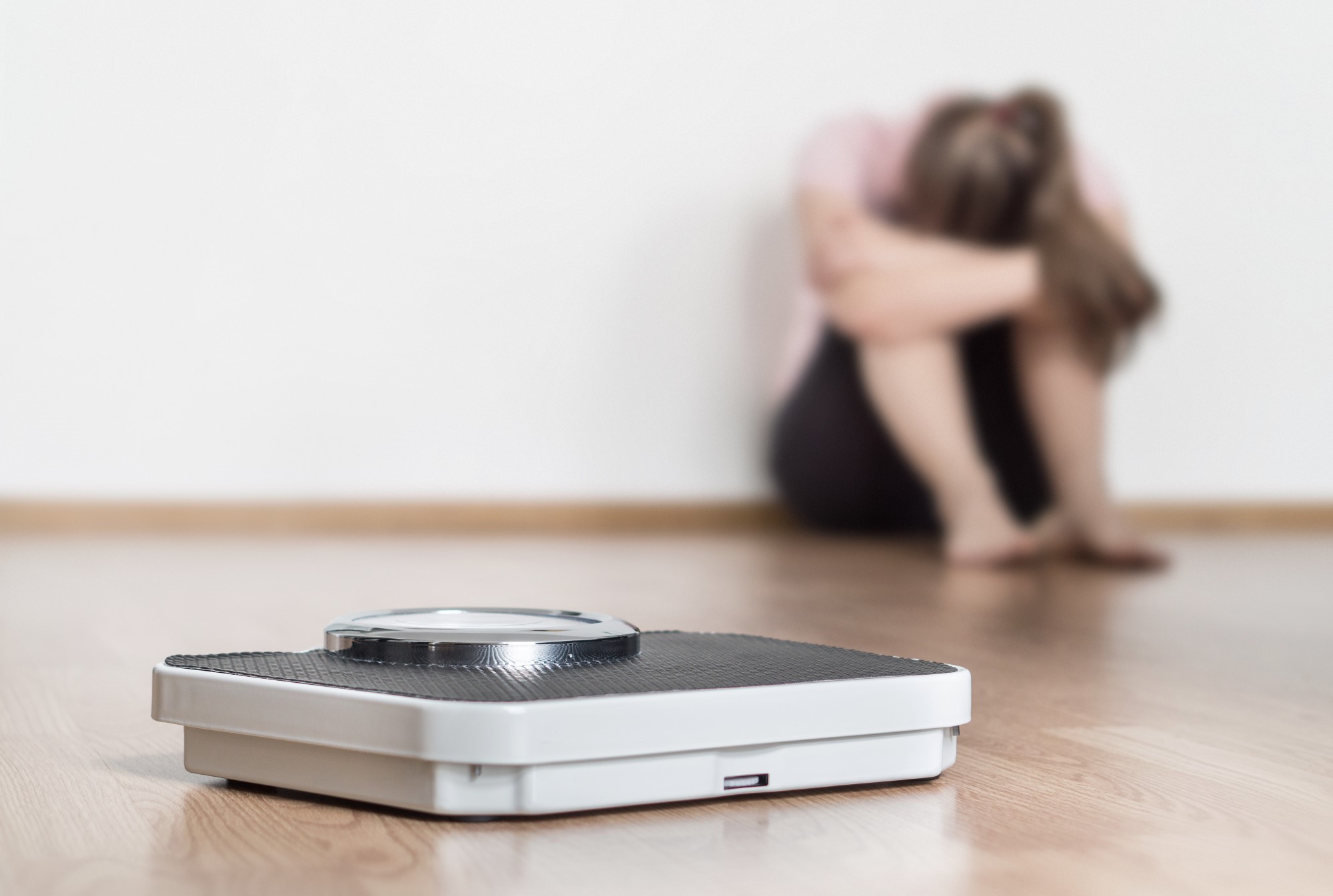HEALTH
A Guide to the Different Eating Disorder Treatment Options

Did you know that around 28.8 million Americans will have an eating disorder in their lifetime? If you or someone you know is suffering from an eating disorder and you are looking at the different treatment options to help, you are in the right place. Our guide below will go over your options so that you can choose the best eating disorder treatment.
Read on to learn more.
Outpatient Treatment
This is the least restrictive care option for eating disorders. Those that opt for this treatment option will see recovery professionals such as a therapist and nutritionist between 2-3 times per week.
Outpatient treatment is best for those that are still working or going to school. It is also a great option for those that don’t have health insurance to help cover more expensive treatment options.
Intensive Outpatient
For those that need more support, but still need a bit of flexibility, an intensive outpatient treatment might be best. The treatment will include personalized nutrition consultations, family support groups, individualized therapy, and topic-focused groups.
Usually you will meet between 2-5 times per week.
Inpatient Treatment
If you or your loved one is really struggling then a 24 hour per day hospital treatment might be best. The stay is typically no more than three weeks and in the event that the person needs medical stabilization, help is always there.
Once a person is medically stable per the hospital they are released to a residential treatment center for more help.
Residential Treatment
During this treatment option the individual is in a live-in facility with round the clock care. There is medical supervision for every individual to ensure that health conditions are at their best even when the person was suffering from either bulimia nervosa vs anorexia nervosa.
Residential treatment programs are structured and they allow the person to just focus on healing psychologically and physically. Everything that a person needs is right there in one facility.
Continued Care
After someone is discharged from either inpatient or residential programs, continuing care is another option. This allows the person to have sessions with their primary therapist for more support as needed.
The number and frequency of sessions depends on what the therapist determines is best before the person is discharged.
Keep in mind that eating disorders can cause other serious health problems due to lack of eating, overeating, bingeing, etc. This is why a person might need ongoing treatment or monitoring for things such as nutrient deficiencies, low bone density, lack of menstruation, issues with infertility, digestive issues, heart problems, etc.
Ready to Choose the Best Eating Disorder Treatment?
Now that we went over the multiple options when it comes to eating disorders, you can choose the best eating disorder treatment for either yourself or your loved one. Did this blog post come in handy? Please continue browsing this section for our latest guides.
Kenneth is a proud native of sydney, born and raised there. However, he pursued his education abroad and studied in Australia. Kenneth has worked as a journalist for almost a decade, making valuable contributions to prominent publications such as Yahoo News and The Verge. Currently, he serves as a journalist for The Hear Up, where he focuses on covering climate and science news. You can reach Kenneth at [email protected].










